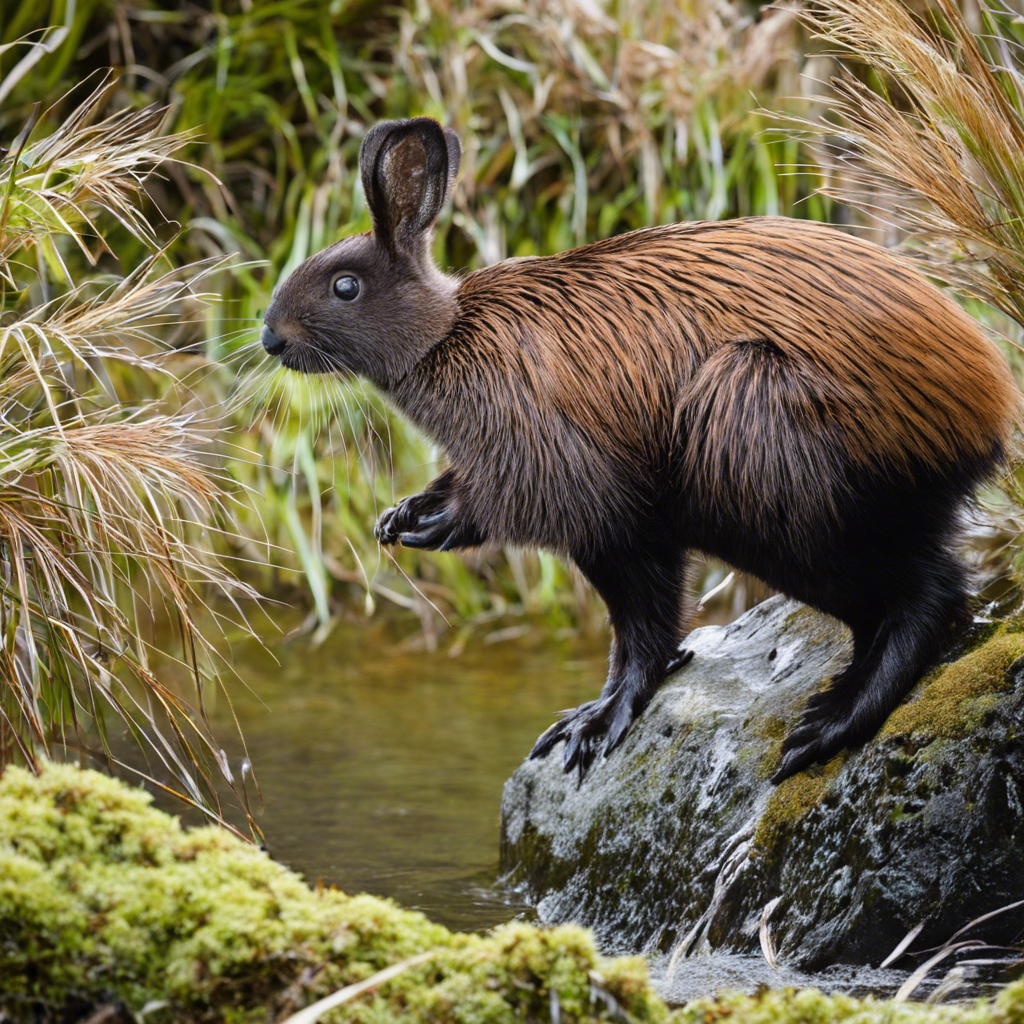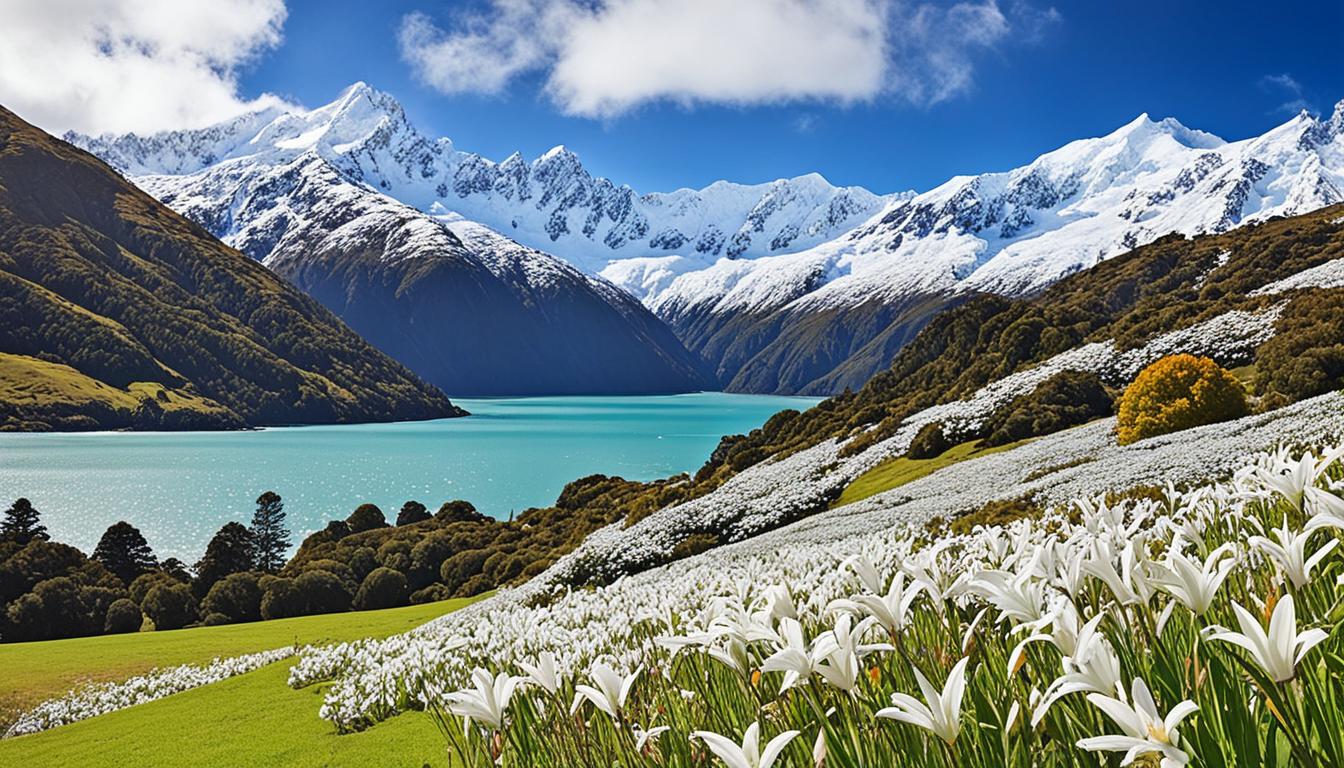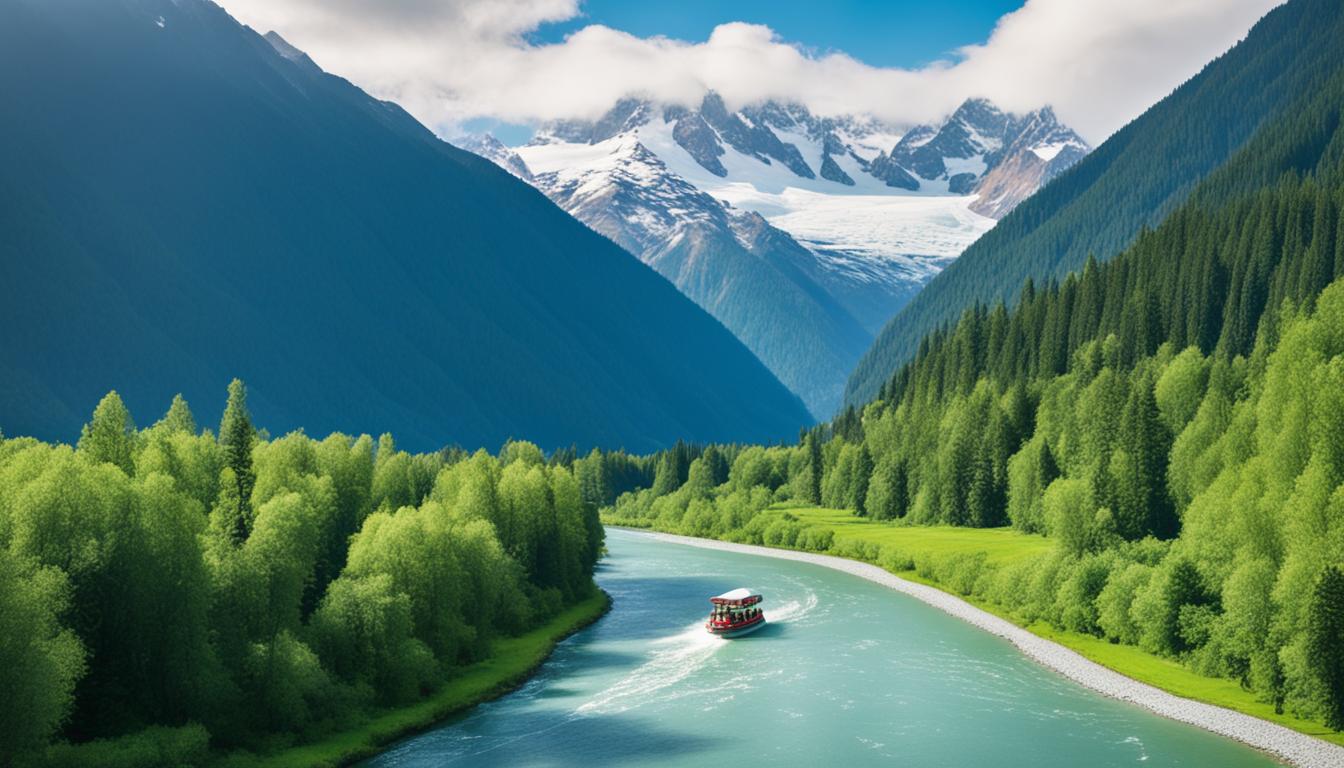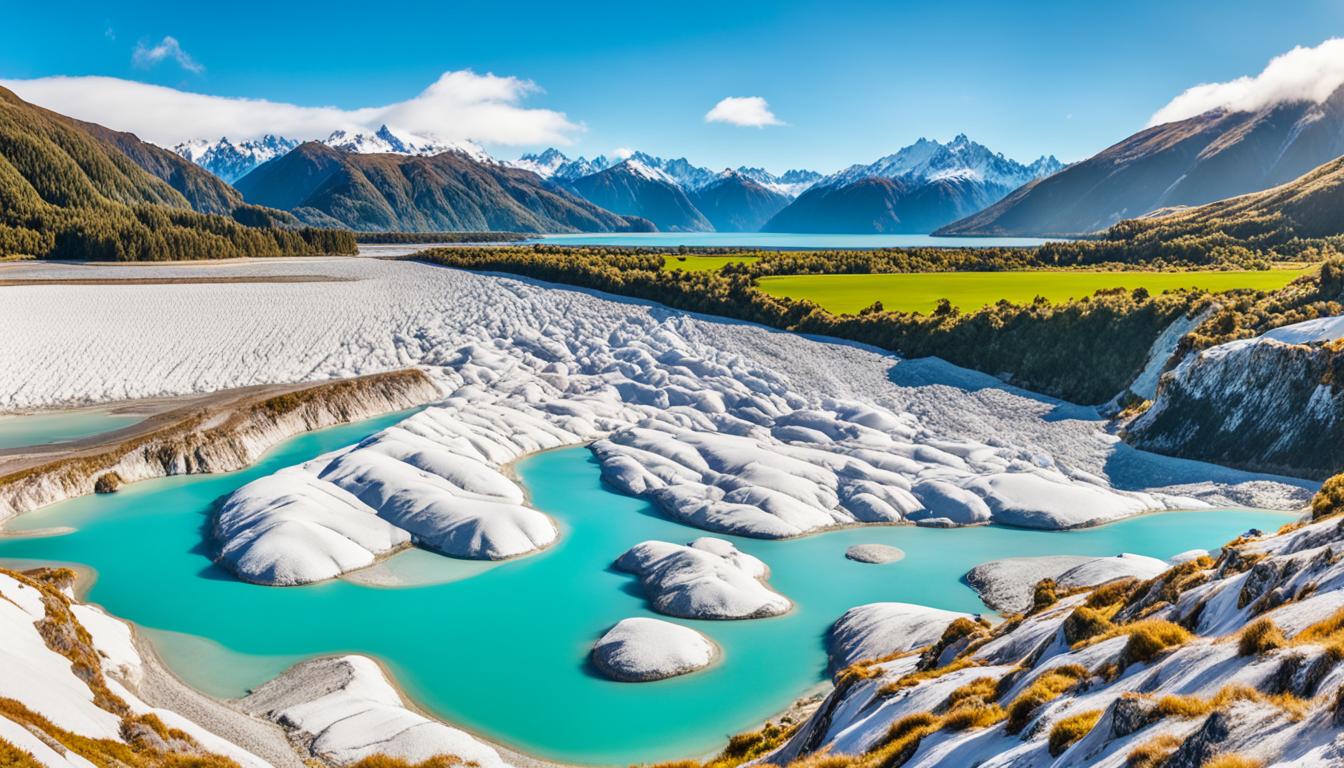Nestled in the southwestern Pacific Ocean, New Zealand is a haven for unique and diverse wildlife. With its varied landscapes, ranging from majestic mountains to sweeping coastlines, the country is home to an array of fascinating creatures, many of which are endemic to its shores. For nature enthusiasts and wildlife watchers, New Zealand offers countless opportunities to spot these amazing animals in their natural habitats. So, where exactly should one go to witness the wonders of New Zealand’s wildlife?
One of the country’s most iconic birds, the kiwi, can be spotted in several locations across the country. Nocturnal and elusive, the kiwi can be observed in controlled settings at kiwi houses located in places like Otorohanga and Rainbow Springs. These facilities provide an opportunity to learn about conservation efforts to protect this national symbol, which is threatened by introduced predators.
To witness the beauty of whales and dolphins, Kaikōura is the place to be. Here, you can embark on whale-watching cruises that offer the chance to see giant sperm whales, as well as an array of dolphin species, including the playful dusky dolphins that are known for their acrobatic displays. Kaikōura is also a great place to see New Zealand fur seals lounging on rocky outcrops just offshore.
The Otago Peninsula is a nature lover’s paradise, boasting a diverse range of wildlife. Yellow-eyed penguins, the world’s rarest penguin species, can be spotted waddling ashore or swimming gracefully in the bay. Little blue penguins, the smallest penguin species, also call this place home. The peninsula is renowned for its royal albatross colony, where you can witness the majestic birds soaring on the ocean breeze or tending to their young.
No visit to New Zealand would be complete without a trip to the Fiordland region, where the majestic fjords of Milford Sound and Doubtful Sound await. These stunning waterways are home to fur seals and bottlenose dolphins, which can often be seen frolicking in the wakes of tour boats. The rare and ancient tuatara, a reptile species dating back to the time of the dinosaurs, can also be found in this region.
The Eglinton Valley, located in the heart of Mount Aspiring National Park, is a fantastic place to spot some of New Zealand’s unique bird life. The keen-eyed may catch a glimpse of the elusive and ancient takahē, a large, flightless bird once thought to be extinct but rediscovered in the 1940s. The valley is also home to the kea, the world’s only alpine parrot, known for its intelligence and playful personality.
New Zealand’s diverse landscapes and isolated location have fostered the evolution of an incredible array of wildlife. From majestic whales and dolphins to rare birds and ancient reptiles, the country is a nature lover’s dream. So, whether you’re a seasoned wildlife watcher or a casual enthusiast, New Zealand’s unique animals are sure to leave you with unforgettable memories.
One of the highlights of exploring New Zealand’s wildlife is the opportunity to witness rare and ancient species that have survived and thrived in this isolated paradise. The tuatara, found in the Fiordland region, is one such creature. These spiny-backed reptiles are the last surviving members of the sphenodontian lineage, which dates back over 200 million years. With their third eye and slow, deliberate movements, tuatara provide a fascinating glimpse into the distant past.
New Zealand is also renowned for its diverse and colorful birdlife. The aforementioned kiwi, a national symbol, is a unique bird that has adapted to a nocturnal lifestyle, using its keen sense of smell and powerful legs to navigate through the darkness. Another iconic bird is the kea, the world’s only alpine parrot. With their brilliant green plumage and mischievous personalities, keas are highly intelligent and known for their playful antics, whether it’s dismantling cars or investigating backpacks for treats.
The conservation of New Zealand’s unique wildlife is a paramount concern for the country, and there are numerous efforts and facilities dedicated to protecting these precious creatures. One notable example is the Orana Wildlife Park in Christchurch, which serves as a wildlife conservation center and the only public zoo in the South Island. The park is home to a variety of native and exotic animals, including the critically endangered takahē, a large, flightless bird that was thought to be extinct until its rediscovery in the 1940s.
In addition to conservation centers, New Zealand also boasts several wildlife sanctuaries and eco-sanctuaries dedicated to restoring and preserving the natural habitat of its unique animals. One such example is the Zealandia EcoSanctuary in Wellington, a groundbreaking project that aims to recreate a safe haven for the country’s native birds, reptiles, and insects, free from introduced predators. Visitors can explore the sanctuary’s network of trails, discovering rare birds like the kākā and tūī, as well as tuatara and giant wētā, ancient insects that once shared the earth with the dinosaurs.
The efforts to protect New Zealand’s wildlife also extend beyond its shores, as the country actively contributes to international conservation initiatives. As a signatory to the Migratory Bird Convention, New Zealand collaborates with other nations to protect migratory bird species that pass through its territory. Additionally, through the International Whaling Commission, New Zealand plays a vital role in the global efforts to conserve and manage whale populations, reflecting the country’s commitment to the preservation of these majestic marine mammals.











